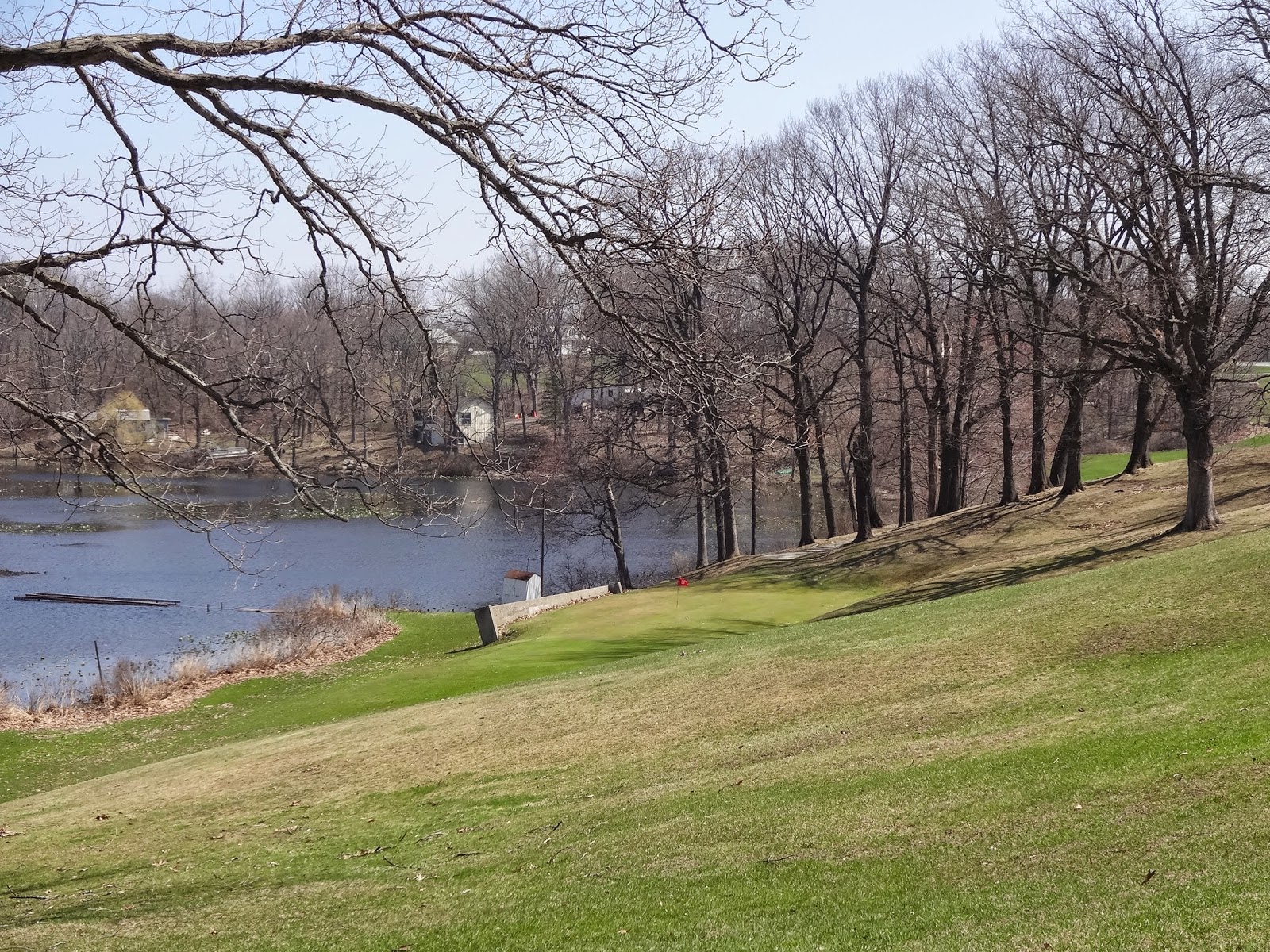Many people, including myself might be wondering what the future holds for our climate. Is global warming worsening or are we moving into the next ice age? First, we must look at the definitions of weather and climate to further understand this topic. "Weather is what conditions of the atmosphere are, over a short period of time. Climate is how the atmosphere "behaves" over relatively long periods of time." www.nasa.gov/mission_pages/hoaa.../climate/climate_weather.htm
If the weather during the winter of 2014 was an indication of the future, then I would say that we are moving into the next ice age. The below zero temperatures combined with the amount of snow that many parts of the country experienced was phenomenal. But this was our weather conditions over a short period of time. We really need to look at the climate to predict what the future holds. This is not going to be an easy task due to global warming. The definition of global warming is "an unusually rapid increase in Earth's average surface temperature over the past century primarily due to greenhouse gases released by people burning fossil fuels." http://earthobservatory.nasa.gov/Features/GlobalWarming/
A mathematician named Milankovitch has an astronomical theory. His theory of climate change is an explanation for changes in the seasons which result from changes in the earth's orbit around the sun. There is solar variable, eccentricity (shape of orbit), obliquity (tilt-which causes the seasons and the changes in the tilt of the earth change the strength of the seasons) and precession (wobble). As the earth travels through space, three separate cycle movements combine to produce variations in the amount of solar energy falling. It is believed that Milankovitch's theory does not allow the prediction of a "rapid" ice age onset. Milankovitch's prediction is less than a century or two. http://www.ncolc.noaa.gov/paleo/milankovitch.html
The greenhouse effect is worsening by the increased levels of carbon dioxide being countered by low-level clouds that are created by dust and other contaminants. Scientists are having difficulty predicting what the overall climatic results will be as long as humans continue to pollute the earth, and global warming continues. http://en.wikipedia.org/wiki/Global_cooling
A newspaper article states that "our own interglacial period has followed previous ones in having an abrupt beginning and a sharp peak, followed by slow cooling". It states that there is question as to whether mankind's negative impact on the atmosphere has reversed the cooling course.
I feel that at this time, the next ice age may be considered late coming. Humankind's impact has had a significant change on our climate. We need to be more conscious of how we lead our daily lives with respect to our environment. If we continue to pollute our earth with greenhouse gases, the greenhouse concentration will continue to rise and the earth's surface temperature will continue to rise also. If we can't control global warming, then the next ice age may be late.
References: http://en.wikipedia.org/wiki/Global_cooling
Greenhouse Effect
Melting Sea Ice
The Horrible Effects of Global Warming
Carbon Dioxide and other pollutants entering the atmosphere
causing the greenhouse effect.
















